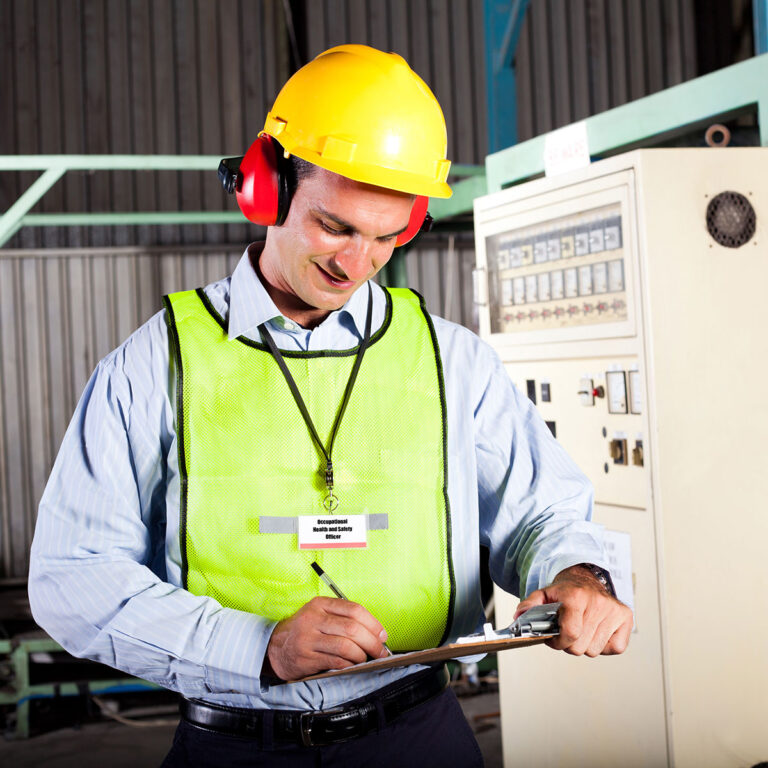Equipment and machinery sound like industrial terms, but the truth is, you’ll find heavy machines in all types of business settings. In a manufacturing business, equipment is used on the factory floor to produce goods, along the travel paths to transport raw materials and in shipping and receiving to pack or unpack products. With so many moving parts and machines, manufacturing businesses must take extra precautions to keep everyone safe.
Why Is Equipment and Machine Safety Important?
First and foremost, businesses have a responsibility to their employees. It’s just bad form to allow staff to be put in unnecessary risk — taken to extremes, it can also be illegal. Second, keeping your employees safe helps keep your company, your profits and your brand safe. Excessive injuries on the job is bad for public relations, and if workers are worried about their safety, they aren’t typically as productive. Health and safety is actually an investment in your business and one that comes with tangible returns.
Tips for Keeping Workers Safe Around Machines
From training to signage, here are some easy tips to keep everyone safe around the equipment in your business.
- Invest in training. No one should ever operate machinery they don’t know how to handle safely. Find out if certifications are required or recommended for certain machines, and keep a list of employees who are certified to run them. While it’s tempting to let anyone available operate equipment, both safety and revenue are best protected by not doing so.
- Post the right signs. Warn employees when they are entering hazardous areas, let staff know what safety equipment is required for certain locations and make the off/emergency off switches easy for anyone to locate.
- Keep equipment maintained. Broken machines — or even those that function but not quite to standard — are a top reason for safety issues in the workplace. Maintain all equipment in keeping with manufacturer’s suggestions, and ensure anyone working on your machinery is well-trained and experienced.
- Hold annual safety training. Even employees that don’t work on equipment should attend safety training at least once a year. Training can cover proper posture and lifting procedures, but it should also include what types of dangerous machines on the site, how employees should handle themselves around the equipment and how everyone can stay safe and avoid accidents.
- Empower staff to act. Create processes by which workers can report problems with machines or potential safety hazards. Never create an environment where staff is afraid to act because they think someone might retaliate. Staff should know what to look for, who to report to and what to do if a potential safety situation is not addressed or resolved.
- Ensure workers are rested. Workers who do the same task repeatedly at a machine can become bored or tired, and that’s when dangerous mistakes occur. Make sure everyone stays rested and that you have enough breaks in the schedule for staff to reset their minds and bodies before another shift on the equipment.
- Provide safety equipment and encourage workers to wear it. Keep the right safety equipment on hand and create policies that require staff to wear it when working or travelling near hazardous equipment. These items might include goggles, masks, helmets, gloves, hard hats, earplugs or aprons.
- Create a culture of communication and teamwork. When employees work together and communicate in open, honest ways, they reduce the likelihood of accidents caused by misunderstandings. The right teamwork also reduces stress, allowing workers to concentrate more on the task at hand, which also decreases accident risks.
For Further Information about this article, contact your nearest LINK Business Broking office at:

